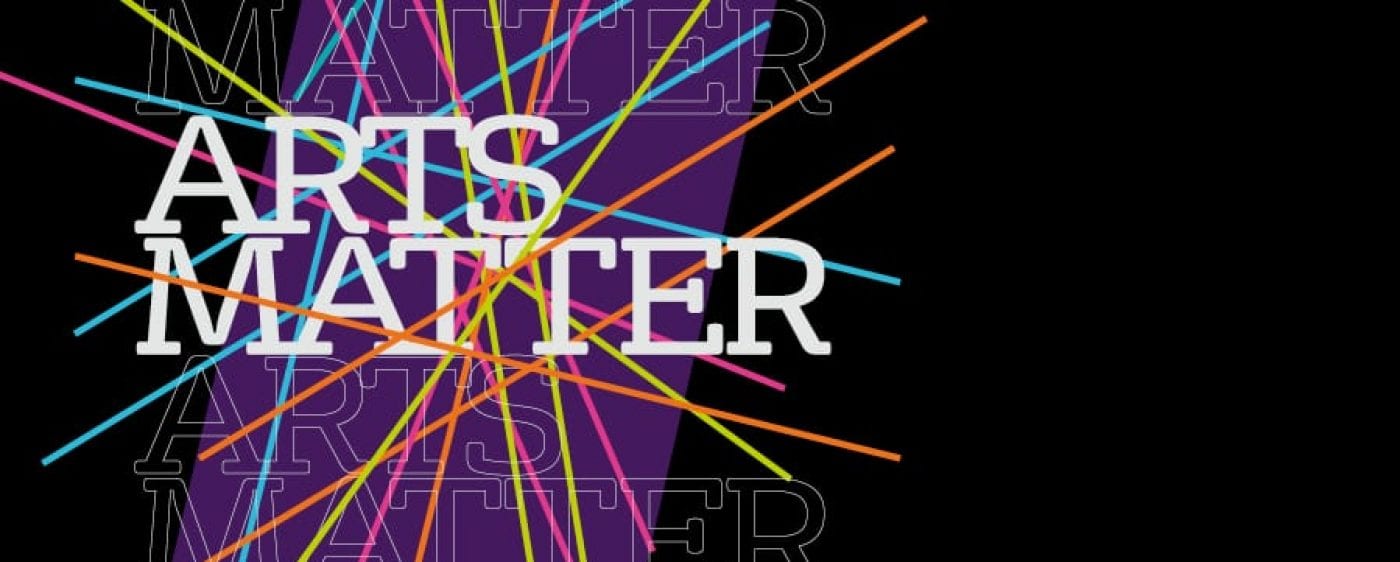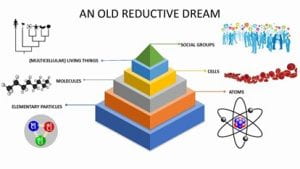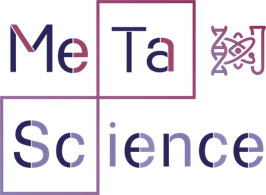By Professor Havi Carel and Assistant Professor Ian James Kidd (University of Nottingham)
To mark World Philosophy Day, Professor Havi Carel and Assistant Professor Ian James Kidd (University of Nottingham) provide an update on their Epistemic Injustice in Health Care (EPIC) project. Havi first introduced us to EPIC back in April and with the project now underway, it’s wonderful to see the progress that has been made.
Serious illness can seem extraordinary in the suffering and pain it inflicts, the losses it causes and its role as a premonition of death. It marks human life as vulnerable, limited, subject to contingency (such as a genetic mutation leading to cancer), and, of course, as finite. Project EPIC, a Wellcome Discovery Award, was launched in September, to study a particular aspect of this vulnerability. It focuses on a set of injustices – called ‘epistemic injustices’ – that can affect ill persons when they are not listened to, ignored, or their needs and wants overlooked. This is an injustice meted out to a person who is already ill and vulnerable, a vulnerability on top of the vulnerability all humans share as flesh and blood creatures whose bodies are susceptible to injury and disease.
Illness is a sign of our mortality and hence a human universal. None of us can avoid it indefinitely and it touches on every human life at some point. Everyone is, was, or will be, ill. Even if, miraculously, one does avoid serious illness, we will experience illness in the lives of those we love and care for. Illness is a fact of our humanity and of our membership in the animal kingdom.
Despite that, within philosophy, the profound significance and impact of illness has so far not received its due place. Language, mind and other aspects of human existence are philosophically well-studied. But illness is not. In most cases, illness is seen as a set of pragmatic and scientific questions – about the definition of disease or allocation of healthcare resources. These are the concerns of the sub-fields of philosophy of medicine and philosophy of science, as well as political philosophy and bioethics. But illness raises philosophical concerns that fall outside the scope of those sub-disciplines.
Consider the existential complexities of serious illness. A serious illness is one of the most profound and life-changing events in one’s life. It changes the ill person’s body and agency. Illness alters our ability to do things – from the mundane (carrying your shopping home) to the most significant (being around for your children). Such temporal changes also shape our sense of possibility, finitude, and our sense of the certainty of death.
“Humans seek knowledge, offer testimony, and work to understand their own and others’ experiences. When our epistemic efforts come to be unfairly obstructed, one suffers an epistemic injustice”
We believe that for all these reasons illness ought to be a central topic in philosophy. Moreover, illness cuts across some of its fundamental areas. Ethics, metaphysics, ontology, and social and political philosophy are all importantly informed by the ‘facts of life’ made salient by illness. What are these ‘facts of life’? That we are mortal, embodied, fragile, vulnerable, temporally finite, and existentially self-concerned. Our existence is conditioned by the changing state of our body.
One aspect of illness takes on particular importance: the vulnerability and dependence on others that arise from one’s body or mind being ‘diseased’. Vulnerability is morally relevant. It can be recognised, attended to, and invites care, compassion and protection. Dependence tells us something crucial about human life. We live and develop with others, who can support or obstruct our development. Our connections to others could be nurturing or oppressive. This whole nexus of dependence, connection, and vulnerability ought to guide our philosophising. Many feminist philosophers, for instance, explore these themes in relation to specific issues like justice, fairness, and social inclusion.
Within this nexus, and within the context of illness, one important area to study is that of the relationships within health care. These caring relationships involve multiple dimensions: scientific and biomedical, existential-personal, professional, and institutional-hierarchical. These relationships are often complex and played out during times of great distress and strain on ill persons and their families. They also take place within healthcare institutions, often characterised by their vastness, structural complexity, stubborn institutional constraints (time! Money!), and often changing institutional goals. It is important to note that individual ill persons can get lost within such structures and can find themselves unfairly treated by healthcare professionals or others (for example, social workers, insurance companies, and hospital clerical staff).
These social realities can give rise to what Miranda Fricker named ‘epistemic injustice’, an injustice relating to someone’s epistemic capacity. Humans seek knowledge, offer testimony, and work to understand their own and others’ experiences. When our epistemic efforts come to be unfairly obstructed, one suffers an epistemic injustice. Varieties of epistemic injustice are consistently reported by persons with somatic and psychiatric illnesses. Patients might, for instance, find their testimonies unfairly deflated due to racist biases and stereotypes. Questions about treatment options can be ignored or dismissed. If a patient reports severe pain, their testimony might fail to receive the uptake and response it merits. Fricker also describes kinds of ‘hermeneutical injustice’, unfair and harmful failures of understanding. One needs the right concepts, terms, and language to explain certain experiences. Fricker offers the example of the concept of ‘sexual harassment’. If the necessary concepts and language are either unavailable or ruled out as ‘unacceptable’, one suffers a hermeneutical injustice.
A main theme of contemporary work in the philosophy of illness is the epistemic injustices reported by persons with chronic illnesses. The new project – EPIC: Epistemic Injustice in Health Care will study these injustices. What are their forms, what causes them, how do they aggravate the sufferings of ill persons and what can be done to redress them? These aims combine many kinds of philosophy; there are moral issues of justice and fairness, social and political questions about the proper organisation of our shared world, and epistemological questions about credibility, testimony, understanding and the obstacles to our individual and collective epistemic life. There are topics in the philosophy of science and medicine, too, as well as phenomenological investigation into the experience of somatic and psychiatric illness.
“It is important to note that individual ill persons can get lost within such structures and can find themselves unfairly treated by healthcare professionals or others (for example, social workers, insurance companies, and hospital clerical staff)”
In addition, project EPIC will, for the first time, offer a systematic empirical study of epistemic injustice within a range of health care settings, from maternity care and vaccination programs to mental health and cancer. It will deploy diverse research methods from a variety of disciplines, including medical history, qualitative health research, legal studies, discourse analysis, and philosophy.
At the background of this project are also existential questions about what it means to live a human life, what it means to understand and connect meaningfully with other human beings. What starts as reflections on the kinds of epistemic injustice reported by ill persons within healthcare institutions and the social world can inform our thinking about the human condition itself—mortal creatures whose life is conditioned by contingency, vulnerability and dependence.
Professor Havi Carel, Department of Philosophy, is Principal Investigator (PI) on project EPIC. Assistant Professor Ian James Kidd, University of Nottingham, is a co-Investigator (co-I). To find out more about the work of project EPIC, please email the project manager Charlotte Withers (cw1658@bristol.ac.uk).





